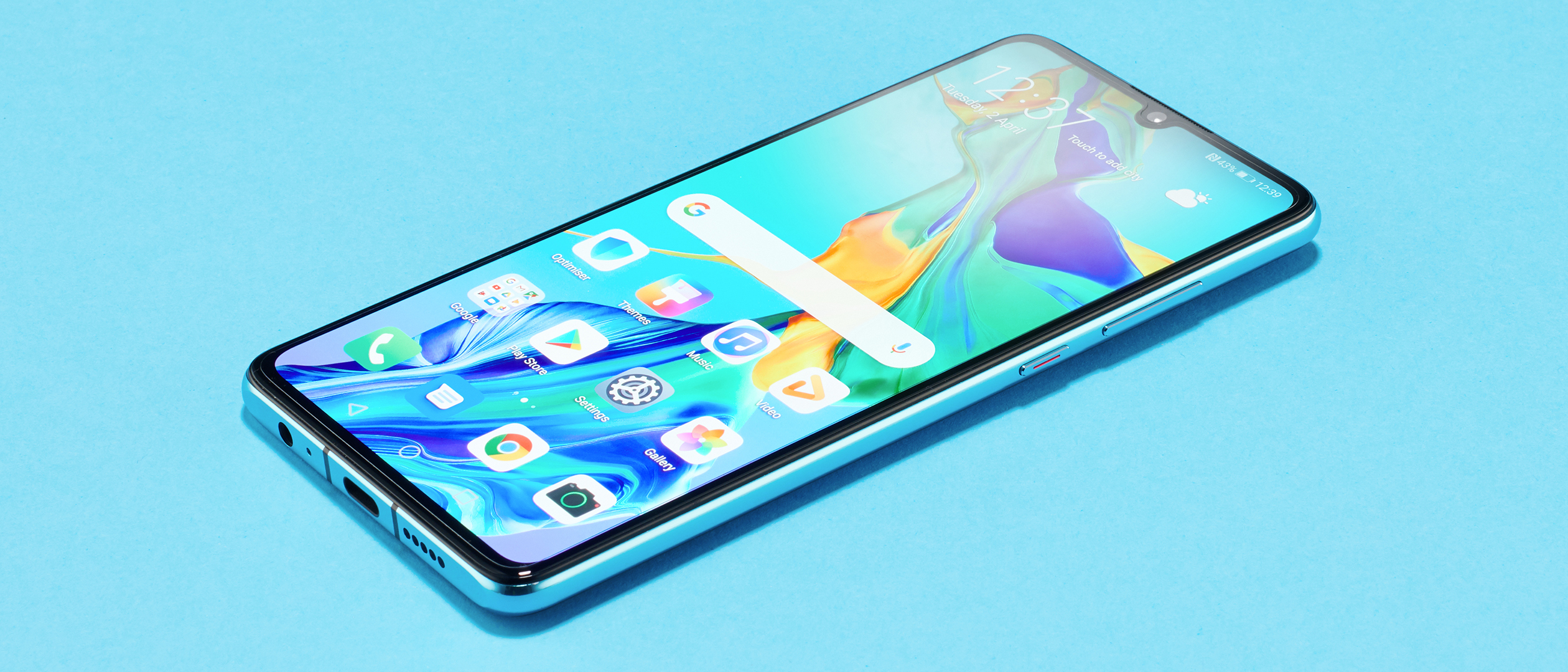Why you can trust TechRadar
Battery life
The Huawei P30 has a sizeable 3,650mAh battery pack, which was enough to get through a day of moderate to heavy use with a healthy amount left in reserve.
We could stream content, play games, or listen to music or podcasts for extended periods of time, and the battery wouldn’t drop too low, and Huawei’s Optimiser function tells you if idle apps are draining battery, so we never had to worry about cutting back our usage to save juice.
As with any phone, photography drained power a little more quickly, and since that’s one of the main draws of the P30 we found ourselves using the camera a lot; however, even prolonged photo shoots didn’t have enough of an impact on the battery to be a cause for concern.
When we put the phone through the TechRadar battery test, which involves playing a 90-minute video with full brightness while accounts are syncing over Wi-Fi, the charge only dropped a miniscule 7% – that’s one of the best results we’ve ever seen, beaten only by the LG G Flex from 2013, which lost 6%.
Most phones tend to drop in the region of 12%-15%, so the P30’s result is impressive – we even ran the test twice, because we didn’t believe the result the first time.
The P30 supports Huawei’s SuperCharge fast-charging tech up to 100W, which Huawei claims will charge the phone to full in 17 minutes; however, the required charger isn’t available yet, and Huawei hasn’t announced when we’ll see it.
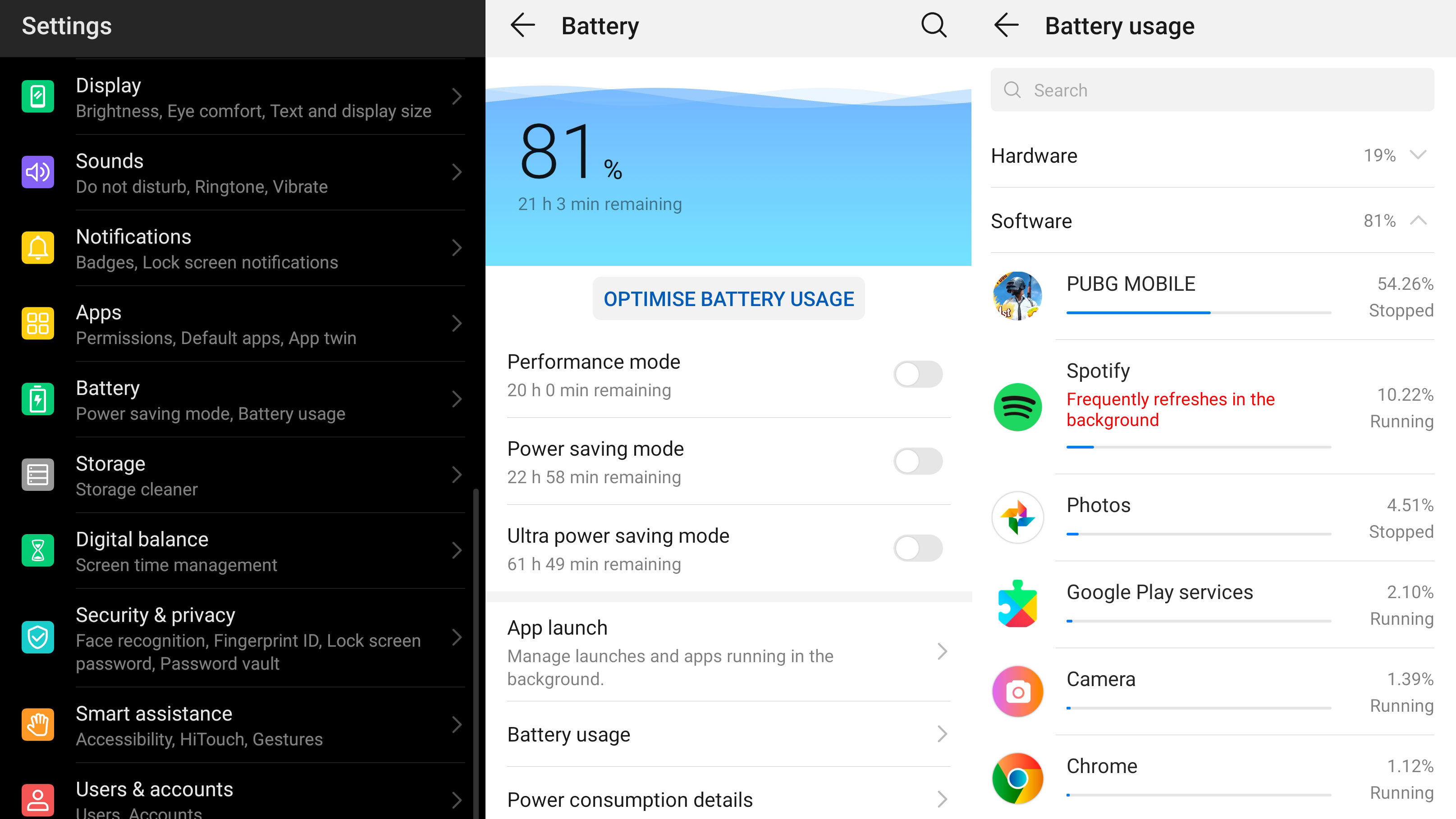
Instead, included in the box is a standard charger, which we found powered the handset from empty to full in an hour – that’s quick enough for the battery size, and means you can comfortably get two days’ use with just a couple of brief trips to the charger.
The P30 doesn’t, however, have wireless charging capability, which the P30 Pro does – and that’s a big feature to miss out on for a flagship phone these days.
Camera
The big selling point of the Huawei P30 is the camera – that’s likely why you’re considering buying the phone, and it’s what Huawei talked about the most at the launch.
The three-camera setup the P30 boasts is impressive enough, but the range of photographic effects and tools on offer here are what cement the phone’s dominance.
The headline attraction is a 40MP f/1.8 wide-angle camera, backed up by 16MP f/2.2 ultra-wide and 8MP f/2.4 telephoto snapper, and together they’re capable of taking some amazing pictures.
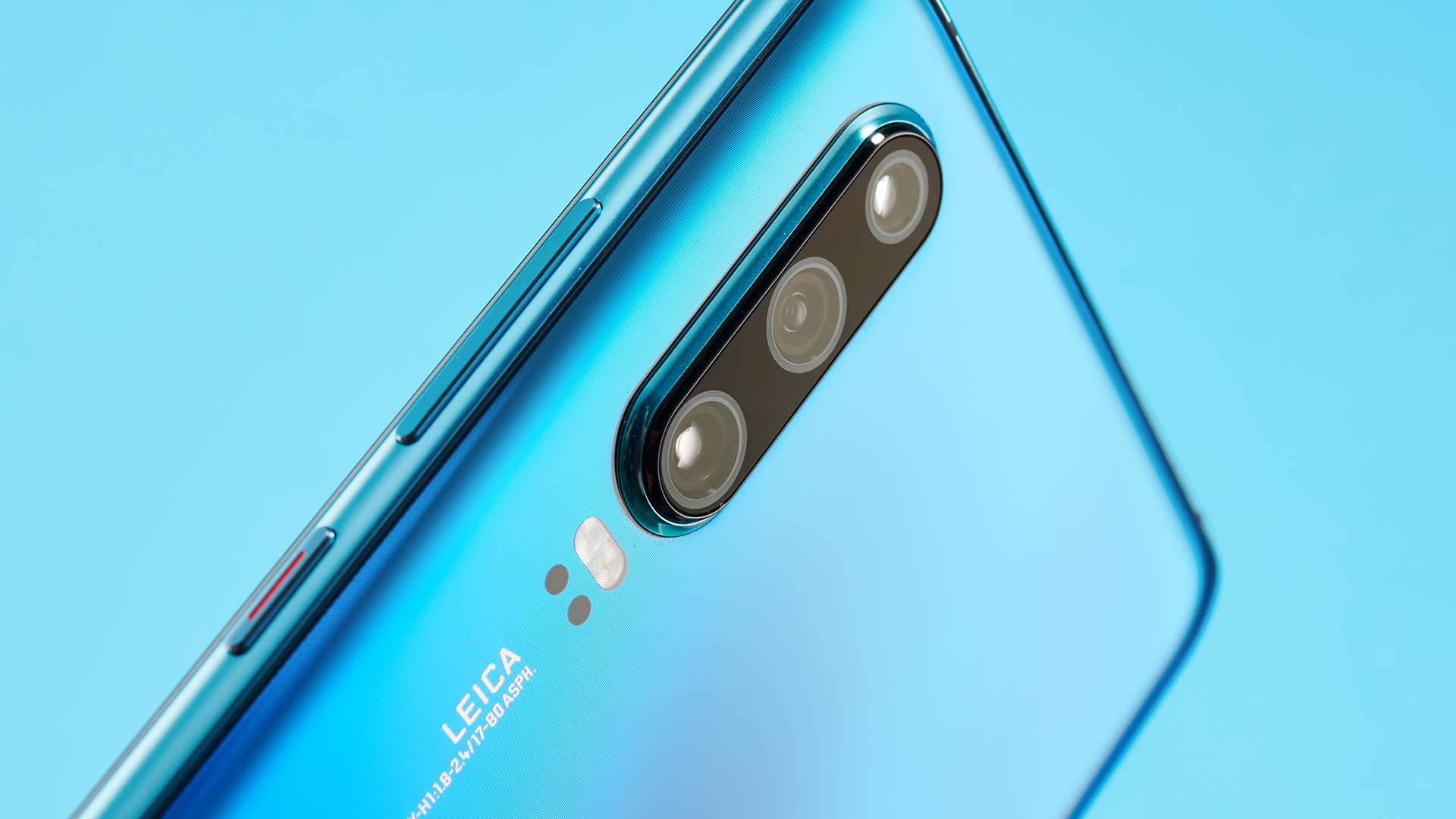
The 40MP sensor uses Huawei’s Super Spectrum technology, which means it gathers RYYB light instead of the RGB that most sensors do; which according to Huawei enables the P30 to capture images with more natural-looking and vivid colors, and to take greatly improved low-light shots.
When we took pictures at night, or in dark indoor settings, we often found the camera took pictures that picked out the subject much better than other phone camera would, both for close-up and wide shots.
This is the work of the camera’s Night mode, which requires longer exposure to take better pictures – so you’ll need to make sure to keep the camera steady – although we also got some great shots using the standard shooting mode.
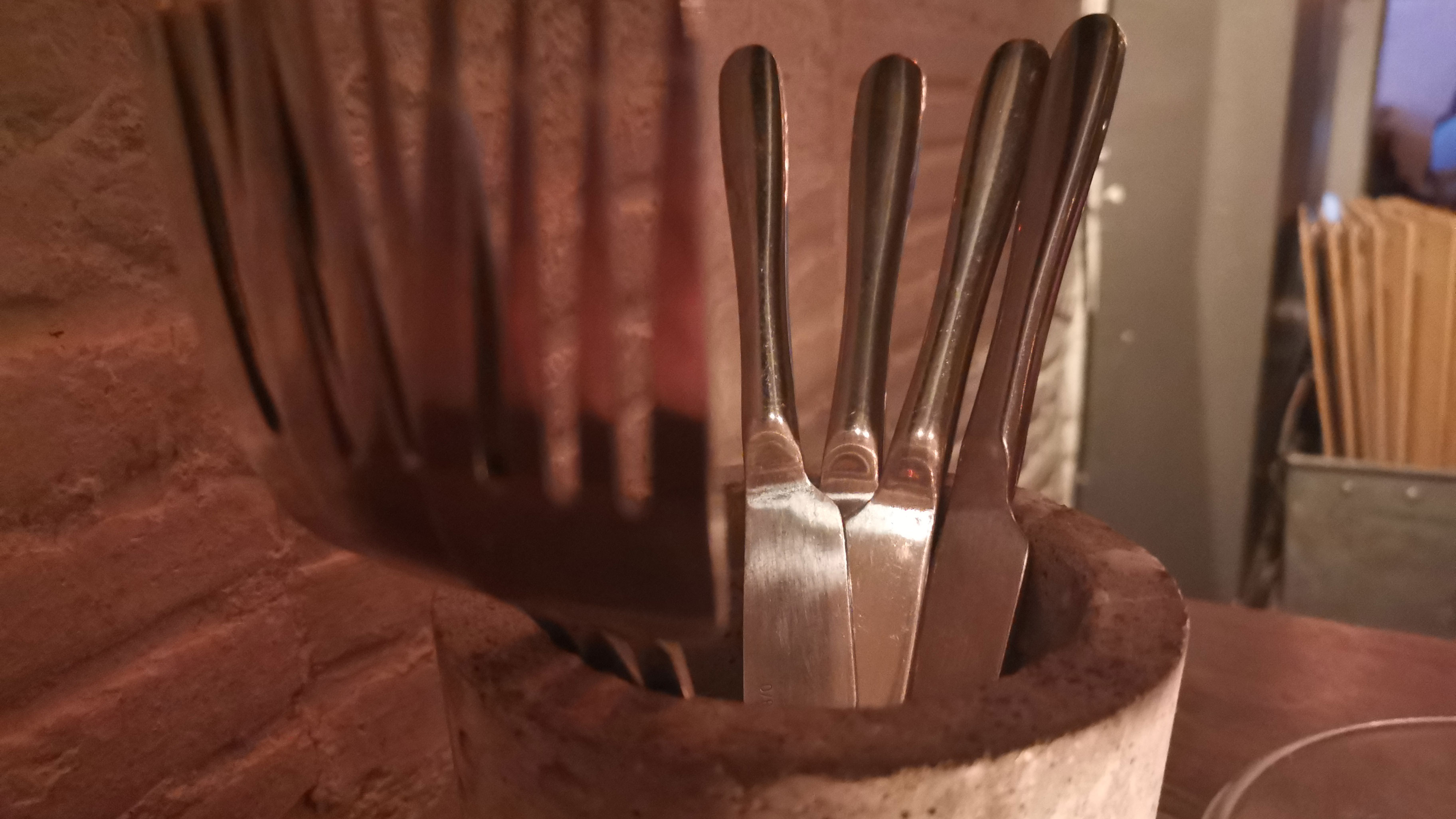
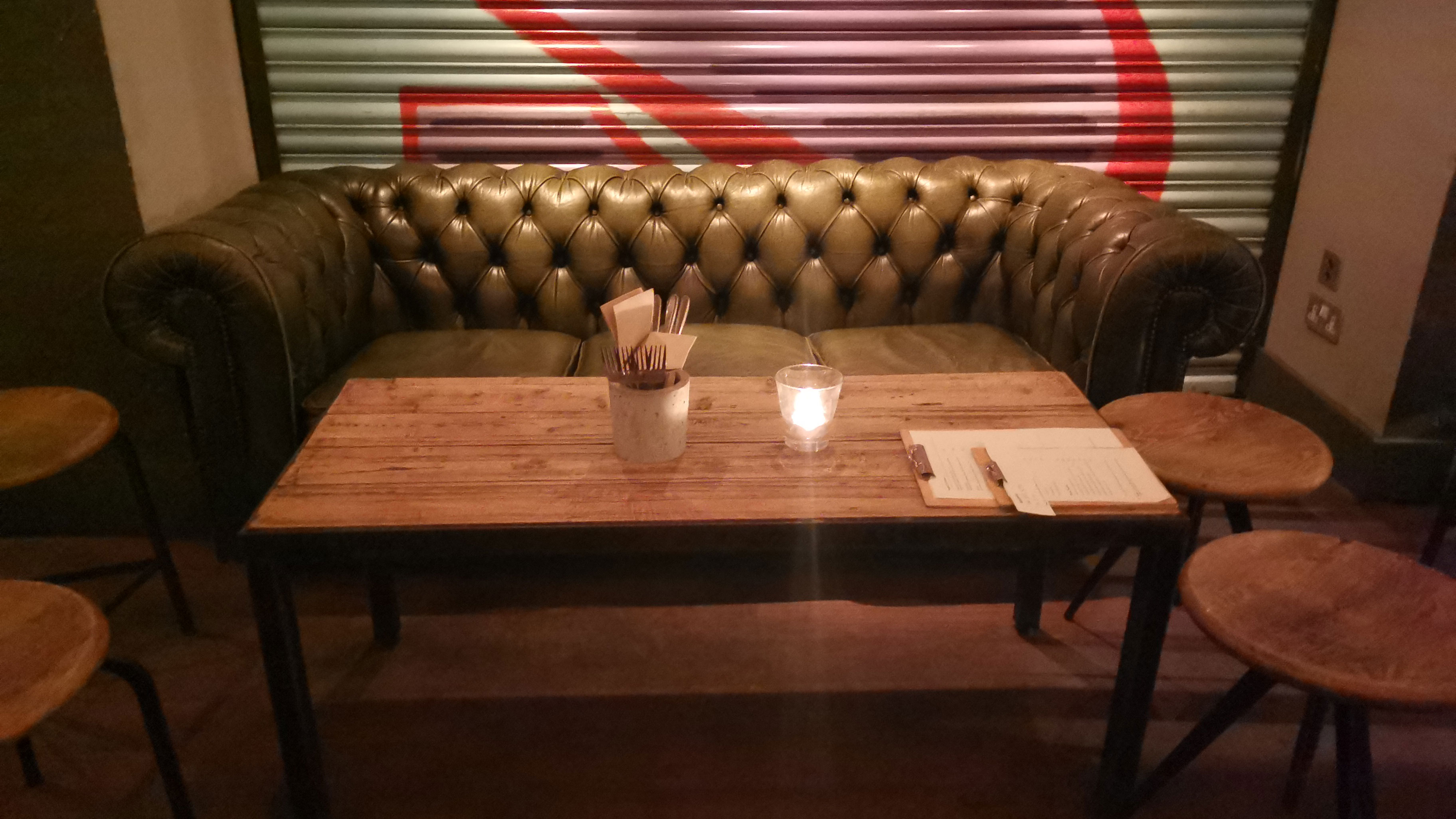

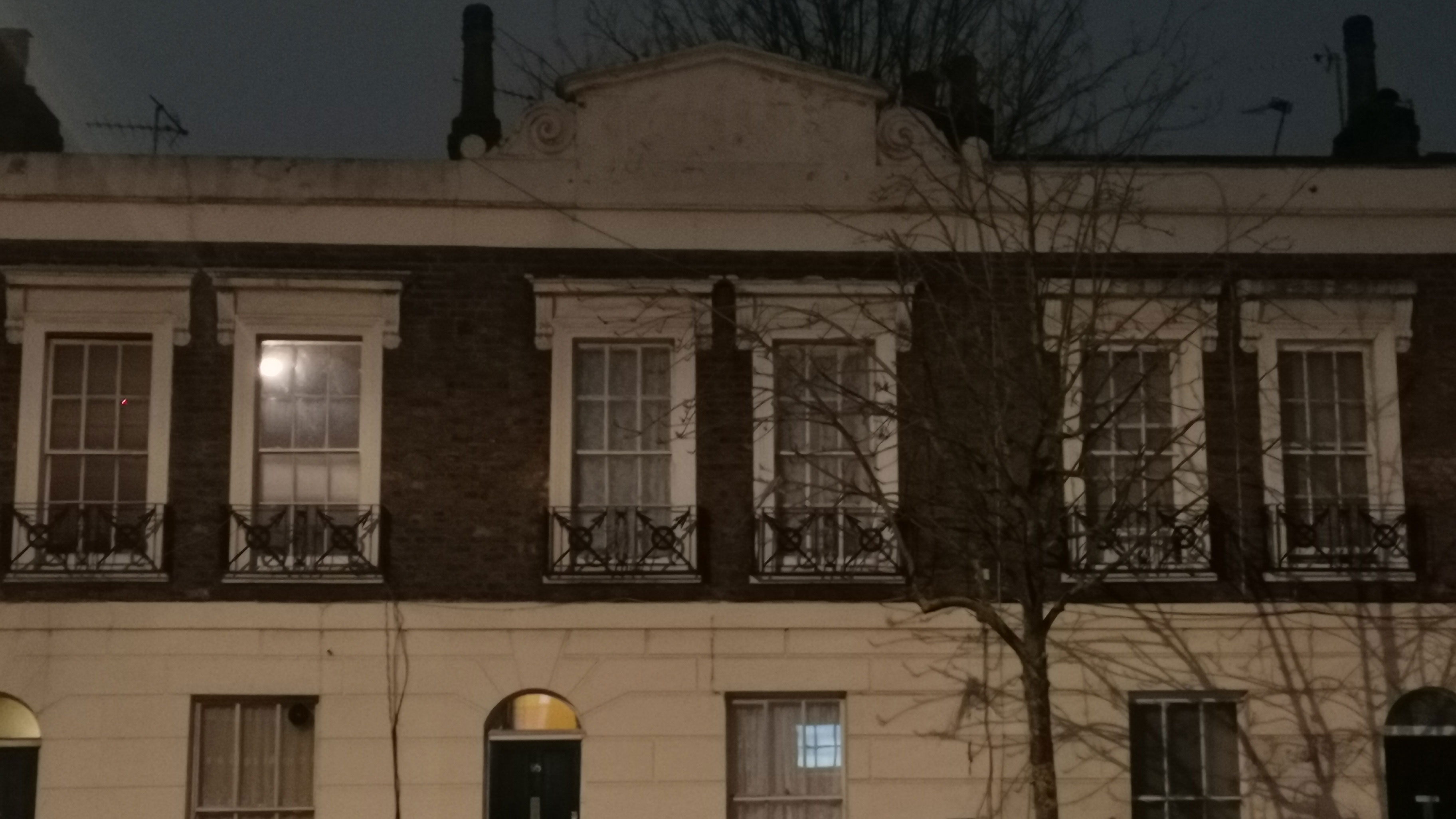
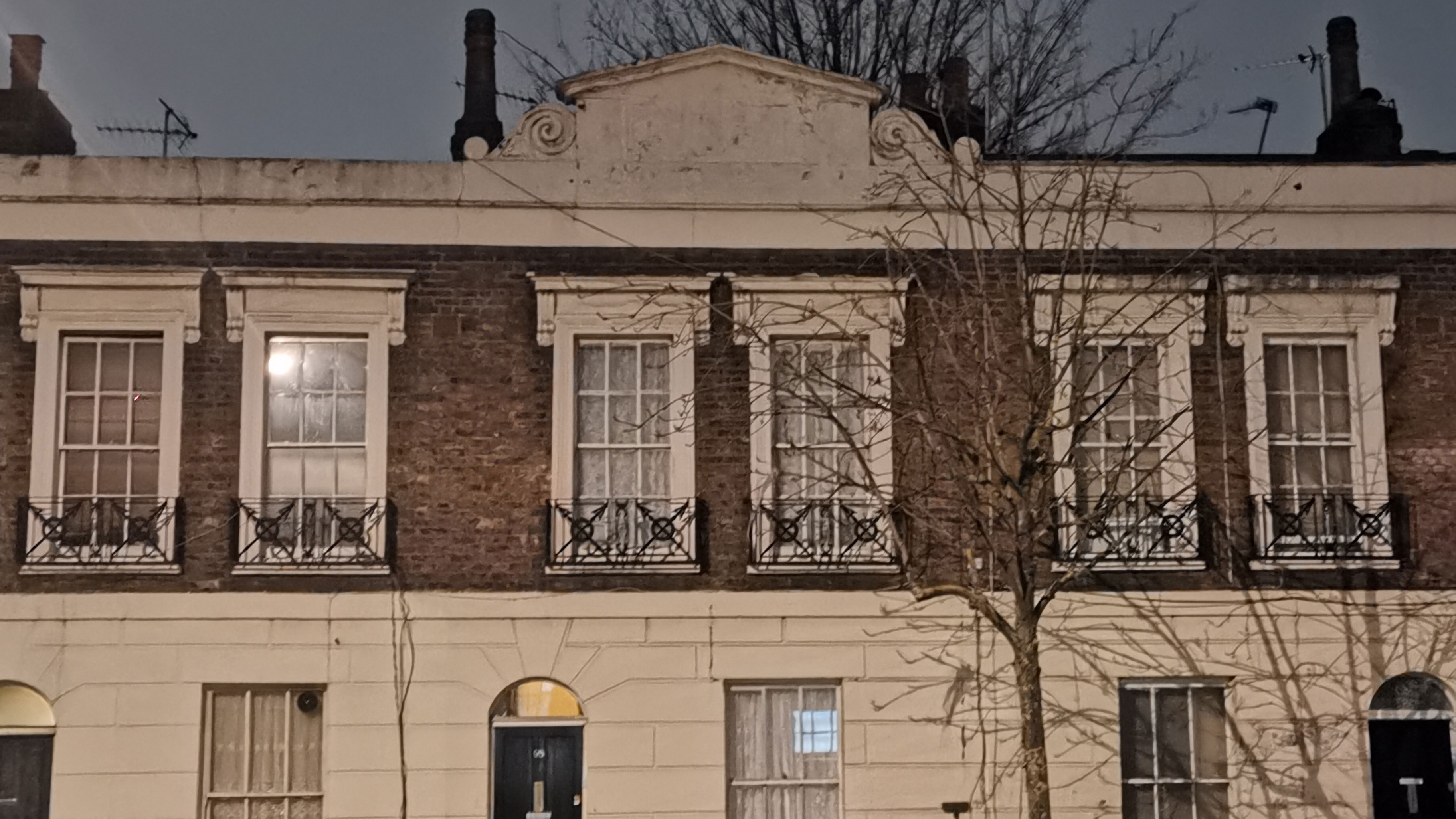
The other benefit of the Super Spectrum sensor is that it captures more color detail, with the Vivid or Smooth color modes enhancing naturally bright colors, like the yellow tag on the pair of keys pictured below, without artificially boosting more muted colors, meaning objects retained a natural look.
However we found the Night and enhanced color modes didn’t work together very well, with colors boosted a little overzealously in low-light conditions.
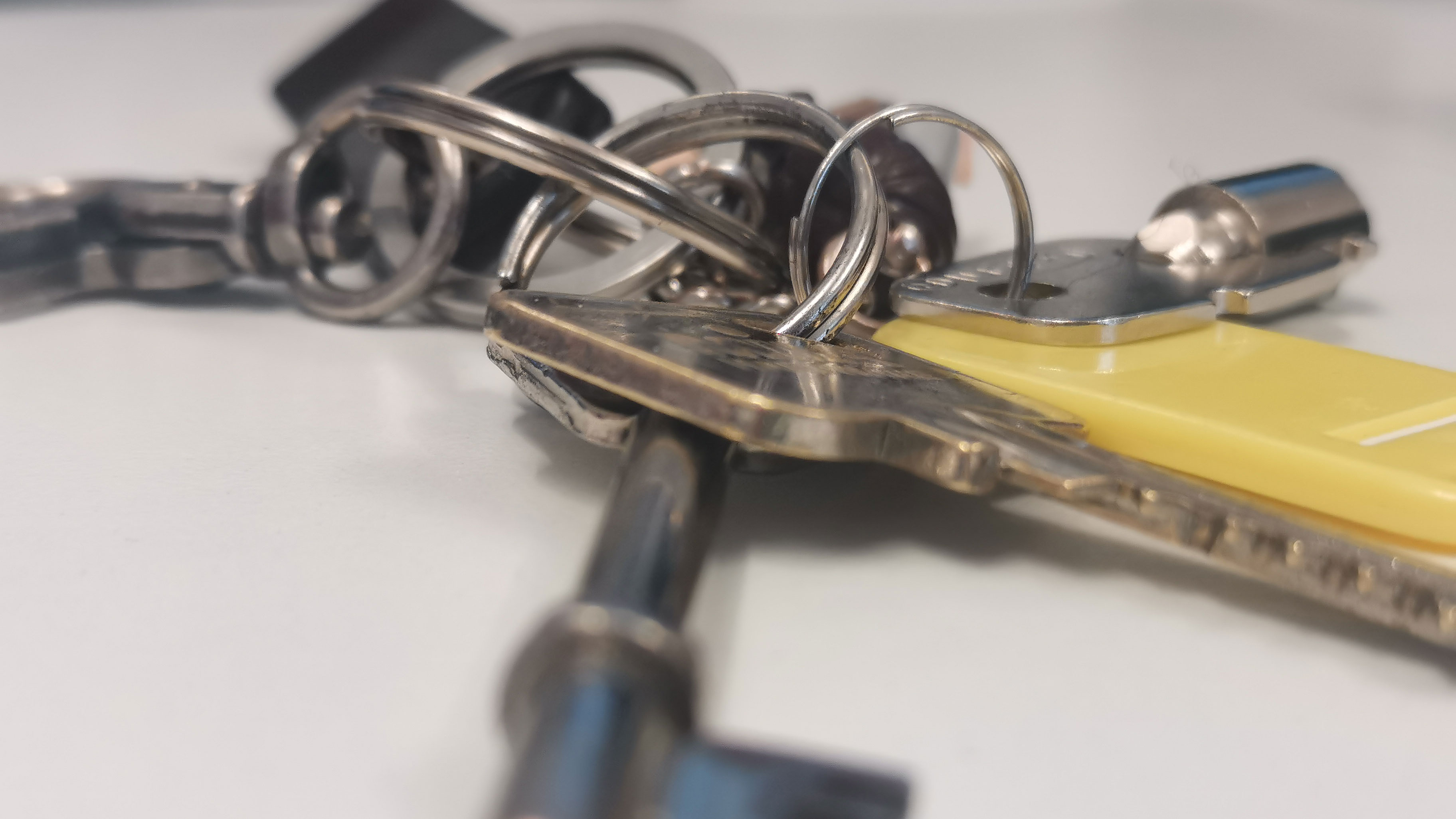
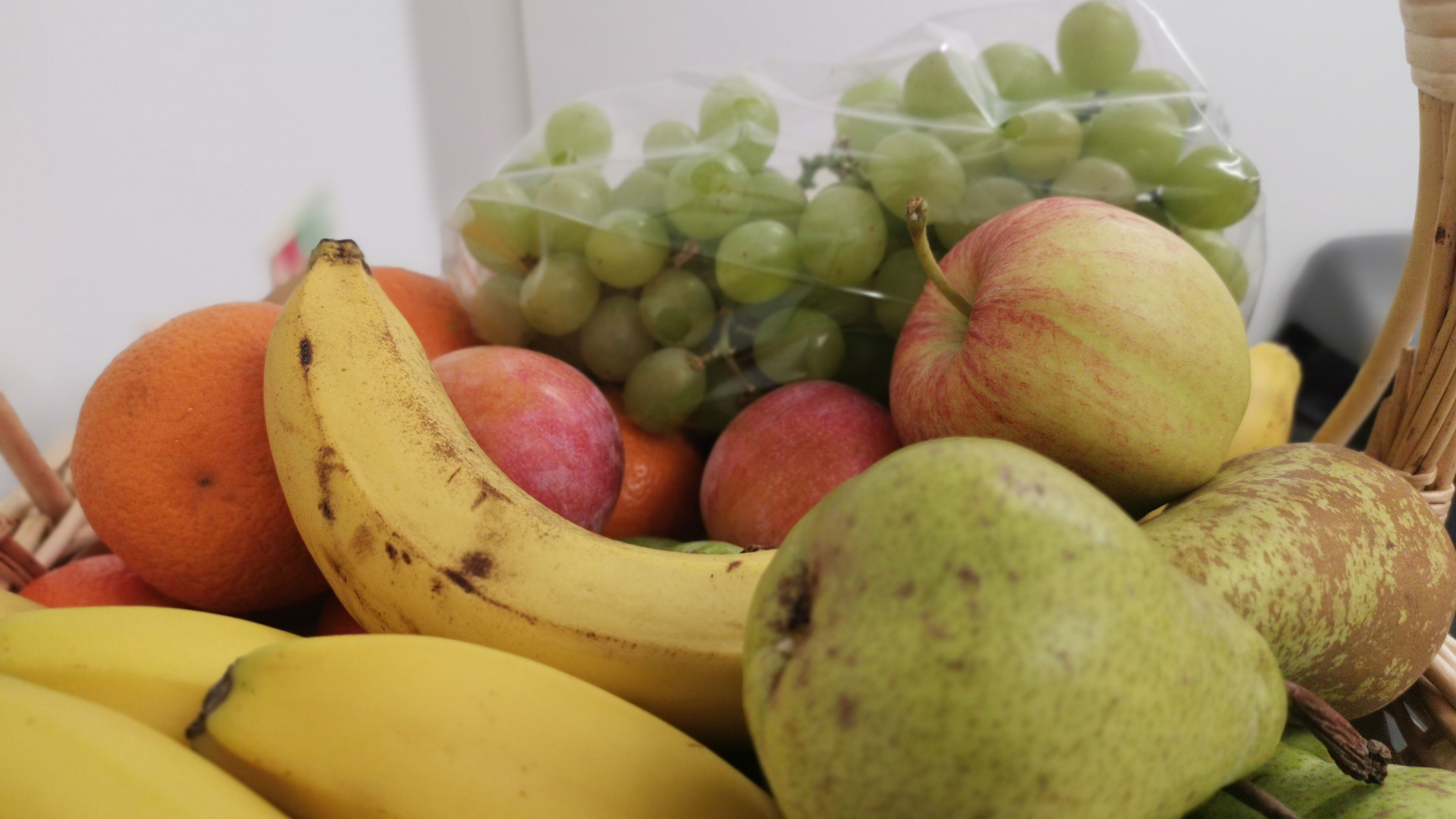

Another impressive feature of the Huawei P30’s camera setup – and certainly the most fun to play with – is the zoom facility.
As well as capturing ultra-wide shots, you can zoom in up to 30x in pictures or 10x in videos – not quite the 50x photo zoom on the P30 Pro, but impressive nonetheless.
Using 30x zoom we could see details that were imperceptible in 1x zoom, and although the picture quality suffered, and slightly shakey hands could easily ruin a shot, we were still impressed by how much detail was retained.
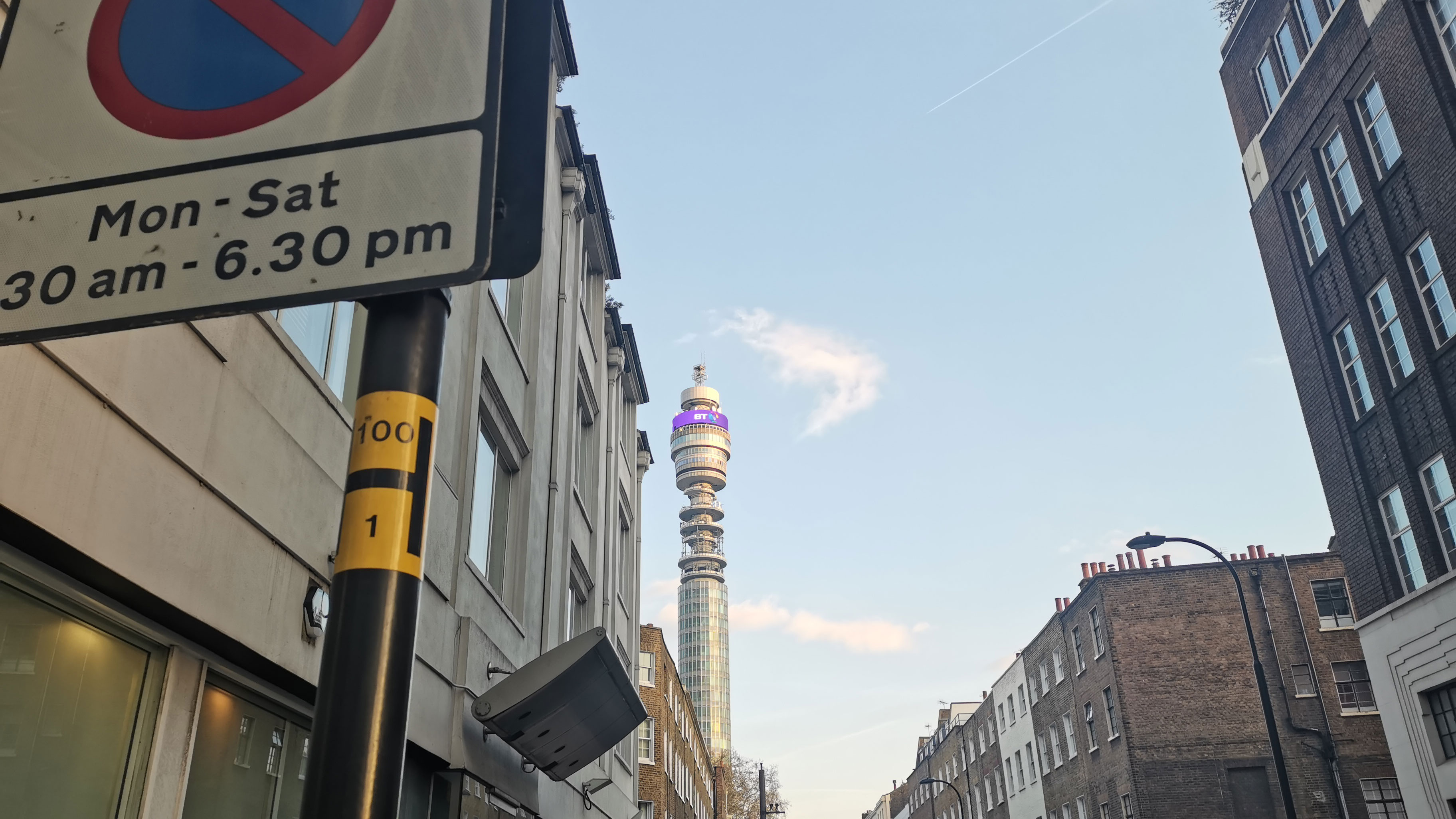
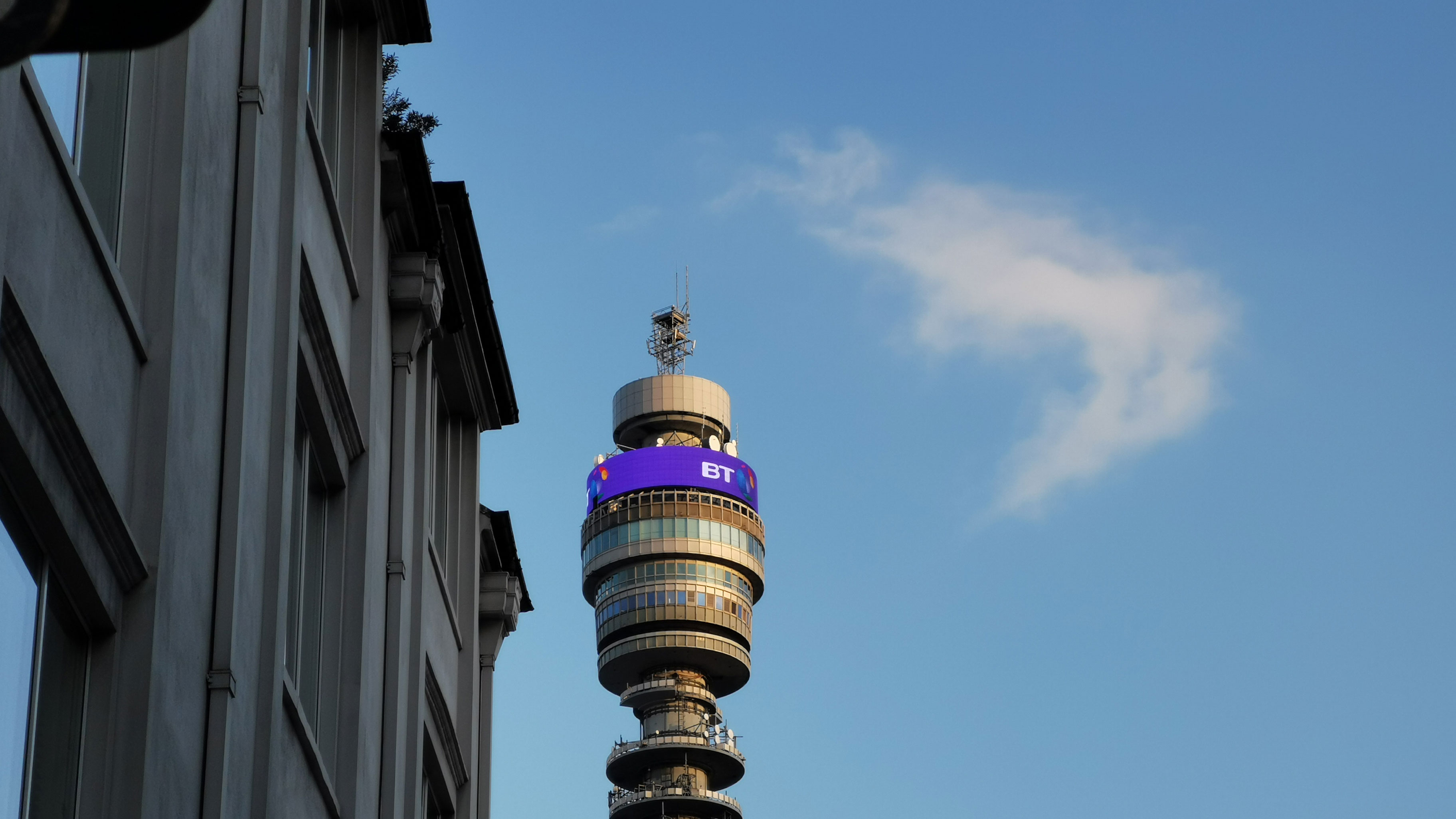
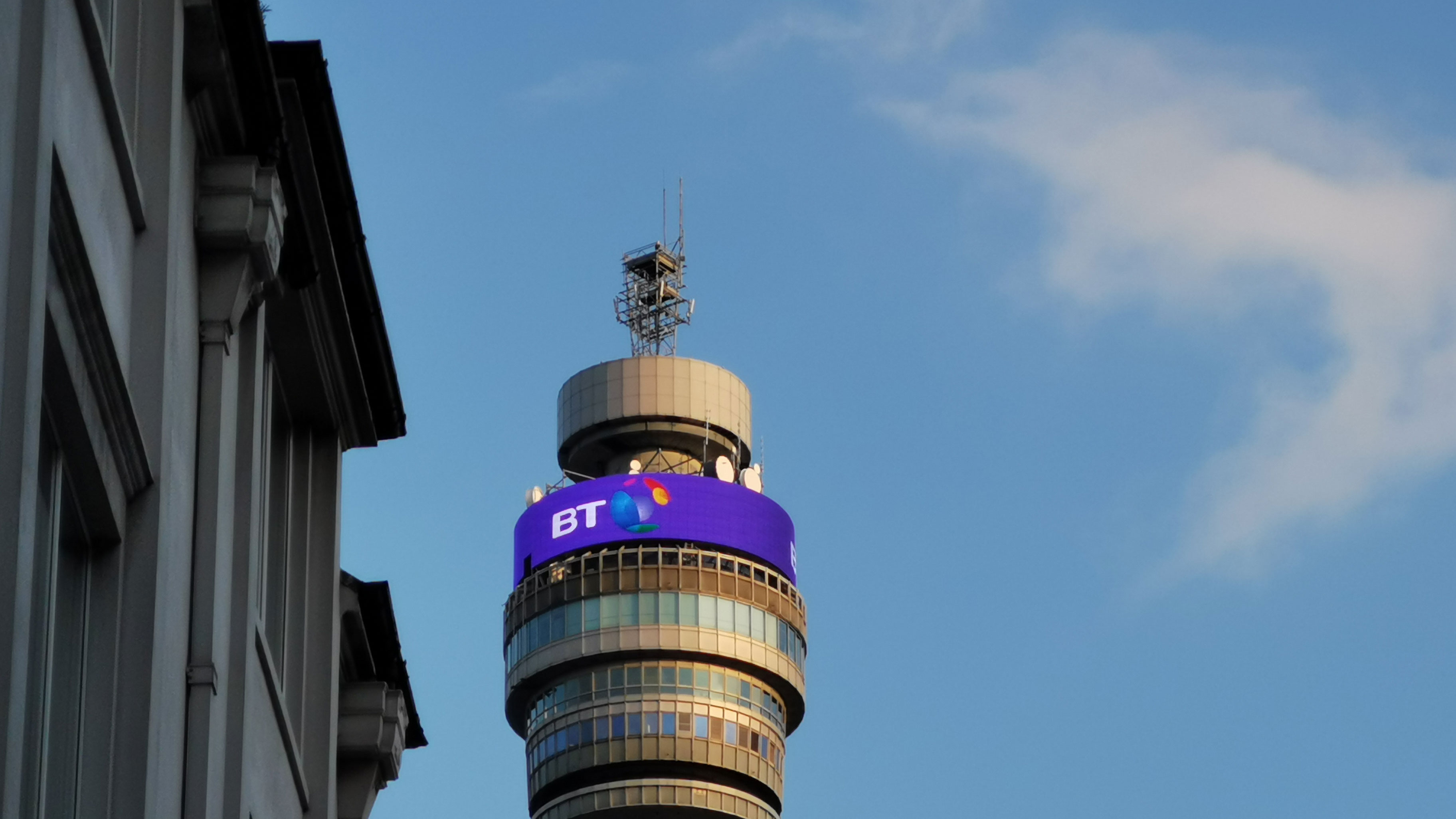
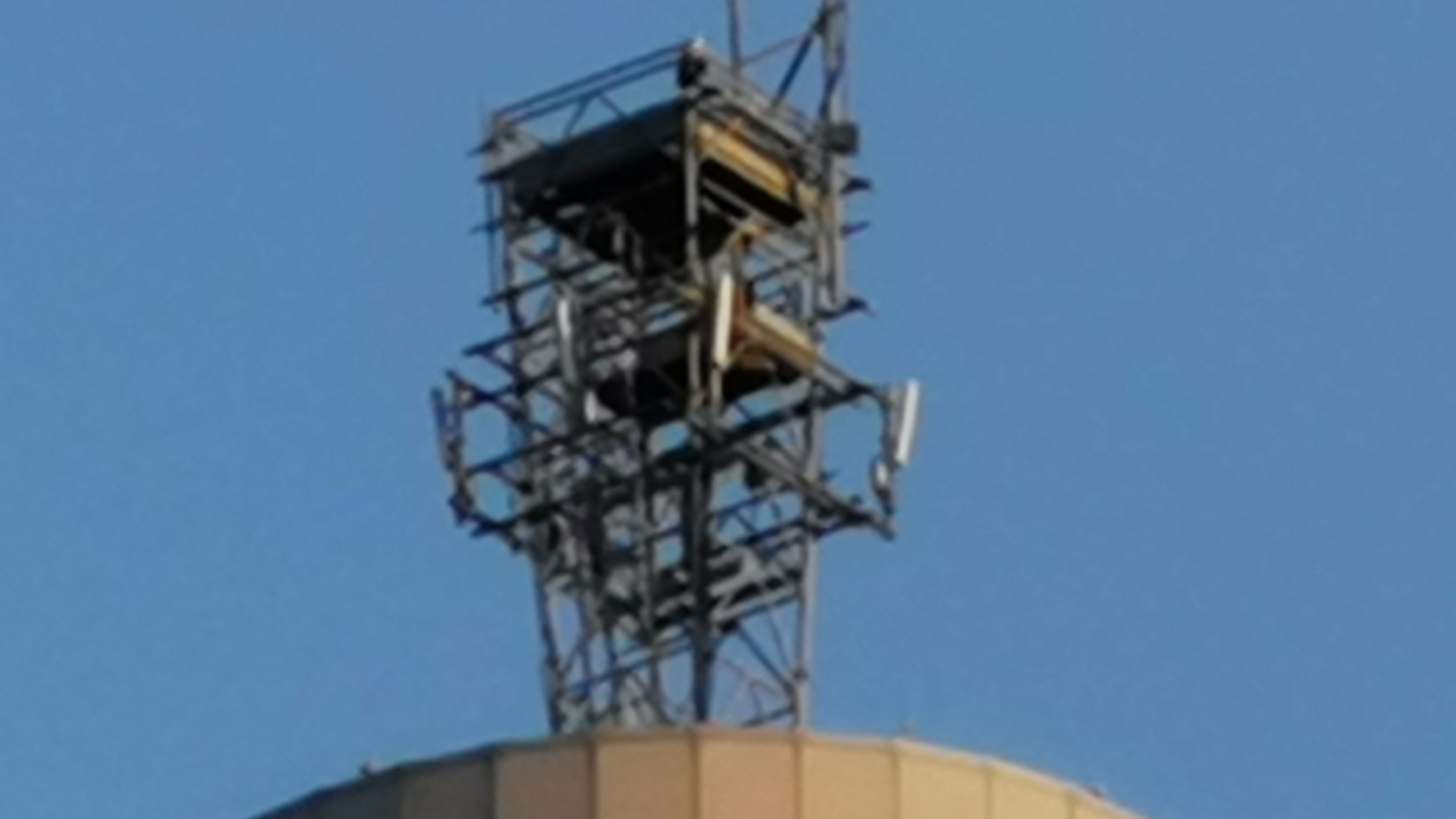
Of course you’re not always going to be taking pictures at night or from huge distances, and the standard picture mode is perfectly dependable – almost every picture we took looked great, from high-quality wide shots to close-ups with the perfect level of background blur.
It was a little fiddly taking close-ups as the camera could take a while to focus, but in all fairness we tested it on some demanding shots, including ‘busy’ compositions featuring multiple subjects.
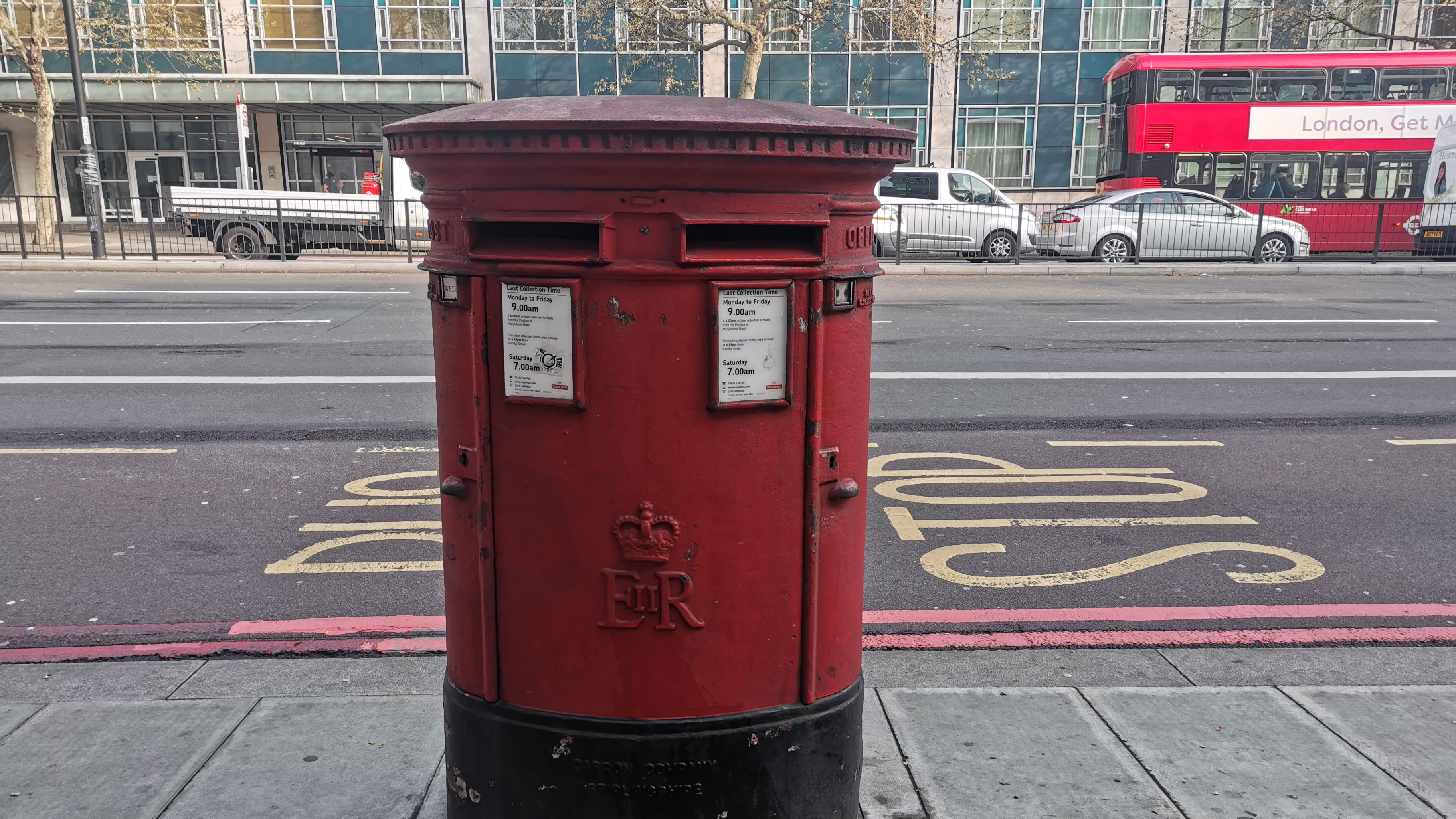
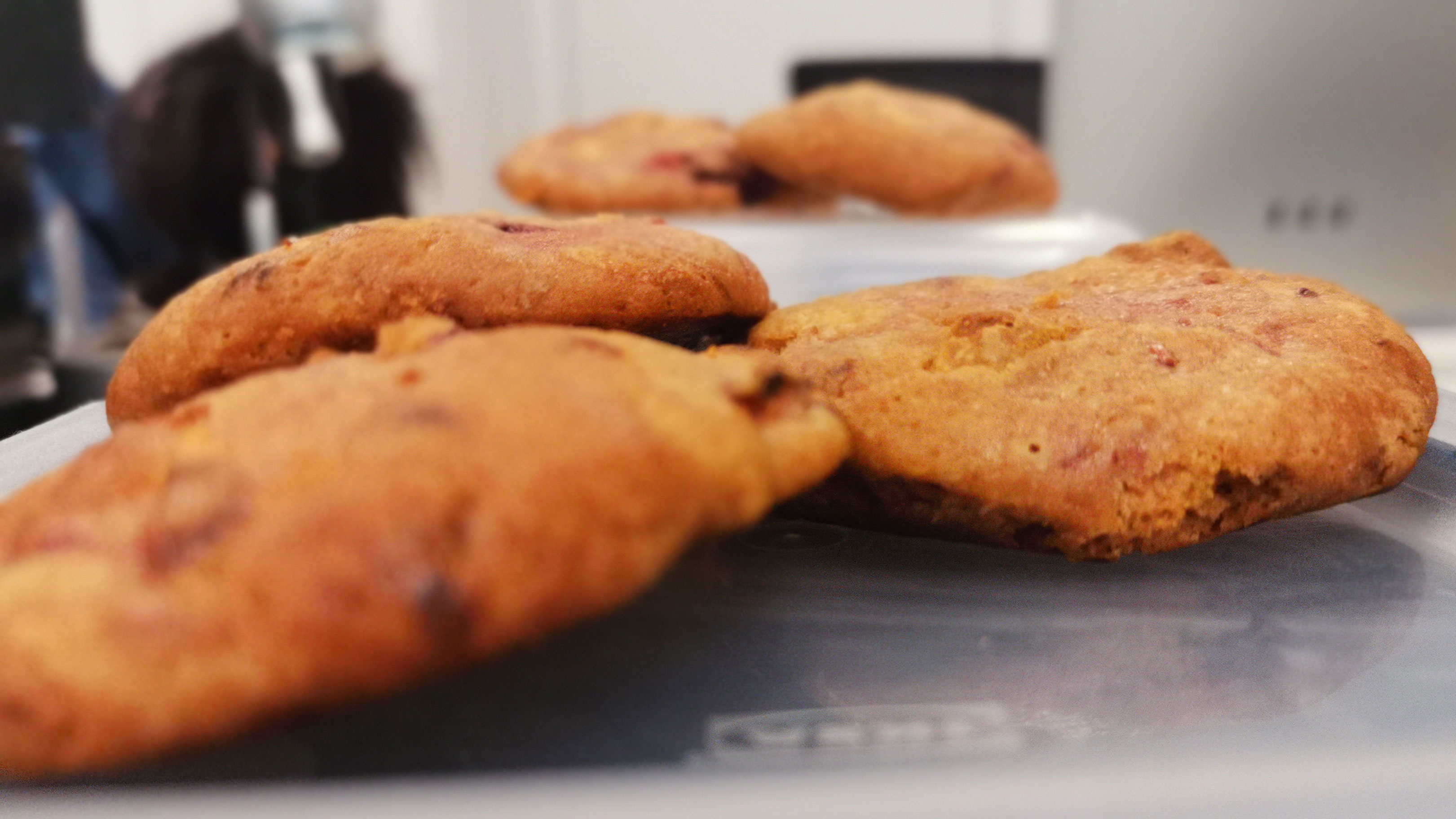
The P30 supports a range of video resolutions and frame rates, from 720p HD to 4K Ultra HD at 30fps, although if you want to shoot at 60fps your only option is 1080p Full HD, and video effects aren’t available at higher resolutions.
The front-facing camera boast a whopping 32MP sensor, and took selfies that would still be packed with detail even when blown up to poster sizes. Pictures taken with this camera looked amazing, and far more natural in terms of both colors and background blur than shot from rival phones.
There’s also a suite of effects that you can use for selfies, including a ‘stage lighting’ effect which turns the background back and highlights your face, creating professional-looking headshots.

We were really impressed by the quality of pictures taken with the P30 – if it wasn’t for the existence of the P30 Pro, this phone would definitely be a contender for best smartphone camera.
As it stands, the Huawei P30's camera was so good we carried on using it way after our review was finished, and you can read our further thoughts on the camera to find out why. We also put it through some tests side-by-side with the OnePlus 7 Pro, to see which of the smartphone snappers works better in different circumstances. Read our full analysis in our camera comparison here.
Current page: Battery life and camera
Prev Page Introduction, key features and design Next Page Anything else I should know?
Tom Bedford joined TechRadar in early 2019 as a staff writer, and left the team as deputy phones editor in late 2022 to work for entertainment site (and TR sister-site) What To Watch. He continues to contribute on a freelance basis for several sections including phones, audio and fitness.
